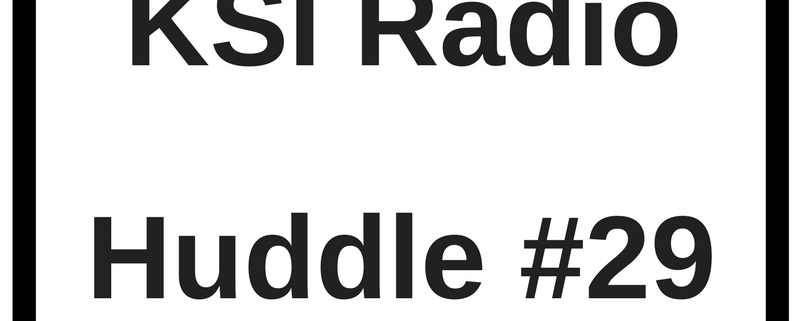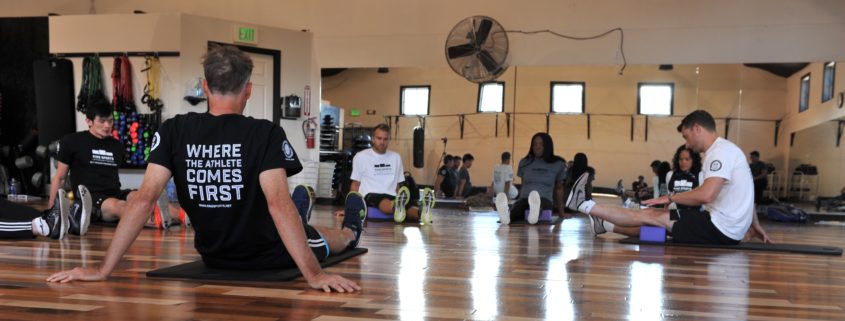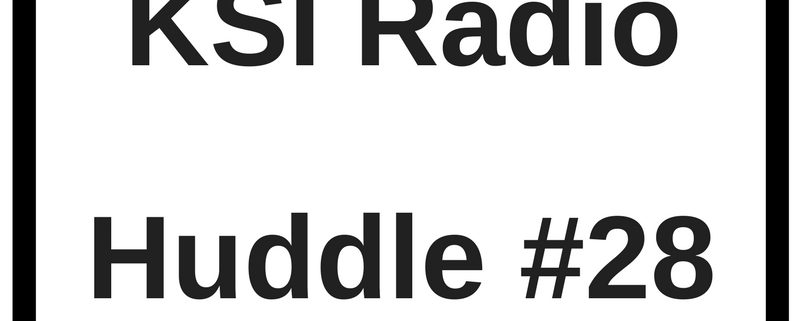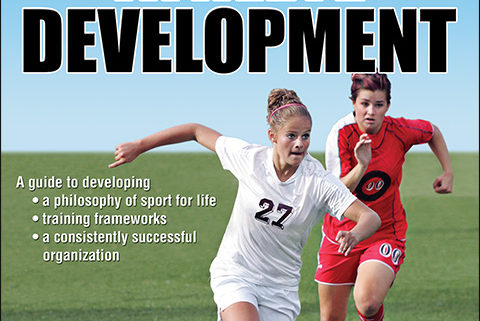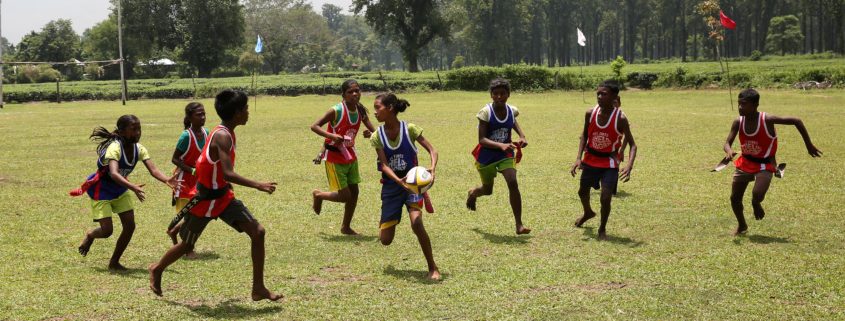How Can I Get More Clients?
Any service-based business is constantly looking for new clients and being a trainer is no different. If you Google search this subject you will find the usual solutions being promoted, as discussed in ‘What’s holding you back as a personal trainer’ blog article – ‘get more qualifications’, ‘build your CV’, ‘market yourself’ etc. Including the suggestion that if you buy ‘system in a box’ (e.g. email scripts) you can build your online business because ‘online personal training is the next big thing in fitness’.
Let me be straight – if you are incompetent and can’t fill your client list you are still going to be incompetent online.
Let’s talk about real solutions for increasing your client numbers. To begin lets understand why your current clients train with you.
Why do your current clients really train with you?
Here’s a reality check for you – ask yourself why current clients train with you. You can even ask them. Now put aside the answers and consider this.
Firstly, imagine telling them you are moving your training away by say 10 miles. How many are going to say ‘That’s no problems, I will just drive to you each session!’. Now imagine telling them you are moving your training base 20 miles away, then 30 miles away. How many clients do you have left?
Now start the game all over again, and instead of telling them (or imagining telling them!) that you are moving, tell them you have raised your rates by 10%.How many are saying ‘Good on you! You are worth it! I am excited to stay with you at that rate!’ Now imagine telling them you are raising your rates by 20%? Then 30%? How many clients do you have left?
Now you may be the exception to the rule, because when I have run this with most trainers they quickly realize that….people chose to train with you because you are convenient and cheap….
Now understand that if this reason for training you does not change, you are competing with the other 300,000 (or whatever your country numbers are) who are also perceived as convenient and cheap by their clients. Not much of a Unique Marketing Position (UMP)…..
What are some of the common mistakes trainers make that may be holding them back from getting more clients?
In addition to believing they certificate, CV or market themselves beyond their level of competence, here are some of the common mistakes trainers make in their attempts to raise their client numbers.
1. Talking features not benefits – the training profession is on that loves to associate with science, facts and figures, and big multi-syllable words. Very few clients share this love. Most of this infatuation with with science, facts and figures, and big multi-syllable words comes from the desire to and misguided belief in the importance of impressive colleagues. There’s some significant differences between impressing your colleagues and impressing your clients. For starters, your colleague is not hiring you – your client it.
There are on the other hand massive benefits of sharing the benefits for the individual of whatever you are talking about, as opposed to sharing the features. They have less interest in what happened to a group of under-graduate students in the research sample during an 8 week period, and a lot more interest in what it might do to them over years.
2. Buying into prescription not process – there is an academic and western-world belief that ‘we know’ how to train someone. This is called a prescriptive approach That if you do x, y will occur. How do we know? Because that is what the research said….. or because EVERYONE is using that training method/equipment/exercise (read trend) at the moment…
There are cultures fortunately that have promoted the ‘process’ approach to training. That a training plan is an educated guess that needs to be tweaked daily in response to lessons we learn about the cause-effect relationship of that protocol on that person. It is not assumptive, rather it is focused on objectively assessing the training effect and being willing to change direction.
Clients are not stupid. They can work out if you are treating them like an individual and applying the ‘process’ approach or if you are treating them just like an average and applying the ‘prescriptive’ approach.
3. Failing communication 101 – If you are going to go down the process path you need information. Information comes from the client – the words they say, the body they present, their history etc. The communication goal is to have them provide that information, initially through a series of well-constructed intentional questions.
This art of communication takes time and guidance to develop. What a competent coach can ascertain in a very short period of time will shock the average trainer – if they ever got into a position to hear the dialogue.
Once the questions are asked, the next challenge is to listen. To ultimately speak less than the client. To fulfill the saying …you have 2 ears and 1 mouth – there’s a reason for that!
4. Generic programming instead of individualized programming – every person is unique, different. They know that. So why do trainers give everyone the same workouts when they should have totally unique programs? Now changing the name on the top of the program sheet does not qualify for individualization! Nor does changing the sequence of the exercises or even substituting one or more exercises out or in.
Programming is the plan your client will follow. It will shape their training effects. Will your ability to individualize programs be enhanced by higher qualifications? It would be nice if it did, but in four decades of professional observation that has not been what I’ve seen. Will building your CV help you individualize your programs? No. Will marketing yourself or marketing yourself more effectively enhance your ability to individualize programs? No.
So how do you get more clients?
Here’s my answer for you, and it’s got nothing to do with more qualifications, more marketing or CV building.
Without going out of your way, in the organic movements of your life, you will come upon people who have physical challenges, and who are looking to solve those physical challenges. Using your newfound focus on listening and communication, upon identifying these people you ask them if they would like you to help them.
No, you are not soliciting them as a client, so don’t get this confused!
If they agree work within their time frame. In a social setting you may have 5 minutes. In a more one on one chat you may have 15 minutes. Whatever you have, this is your time frame to do what I call a ‘show and tell’.
A show and tell is a window of opportunity you have to show a person how much value can add to their life by solving their challenges, by providing an effective solution. By giving them the clear impression of increase that you are able to do things no-one else can. That you are the only game in town.
Then you walk away. Figuratively, at least. You are not going to, I repeat, solicit them or look to ‘close’ the deal’.
If you are effective however, they will chase you, step over the line towards you. Now you have the foundations of a great client relationship because they have discovered your value. They are looking to hire you because of the value you an add, not because you are cheap and convenient!
Let’s say you go and do ten of these ‘show and tell’s’. And let’s say you get no or little client sign ups. There’s a message in that – you need to get better. Not get more qualifications, not get a better CV, not get better at marketing – get better at adding value in very short period of time. Get better at demonstrating the value you bring to the market place.
Conclusion
The ‘show and tell’ strategy is not only the NUMBER ONE client-recruiting tool; it is also the number one diagnostic tool on your progress in value added
So lets say six months ago you were converting one out of 10 of your show and tells. Now you are converting three out of ten. That’s progress!
So where are you going to learn how to master the art of adding real value in a short period of time? In addition to practice, the fastest way is to learn from someone who has mastered it and willing to teach it!
How many clients do you need to grow an incredible training business? One. Provided the value you add is so significant that this one person is compelled to refer their friends, family and colleagues to you. This is the power of the most powerful marketing method in service-based professions – world of mouth or referral-based marketing. Not only is referral-based marketing the best way to grow a business, it is the best way to qualify clients.
You just need two things – the willingness to identify people who are looking for solutions, and the competency to impress upon them that you are the one to provide the solution. And until you achieve the second item – the willingness to embrace any lack of competency and a willingness to find a way to change, to improve your competence.



